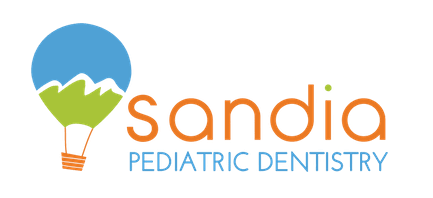It’s a new year, and quite possibly time for your child to have a new toothbrush. The ADA recommends replacing your toothbrush about every three months, and possibly more frequently for children who tend to abuse their bristly tools. If you have a difficult time remembering when to replace your toothbrush, check out the tips below for some help.
An obvious sign that it’s time to replace your toothbrush is worn or frayed bristles. If you can’t tell whether or not the bristles are frayed, hold it up next to a new one and compare. The bristles should be tight and neat. Soft toothbrushes are recommended, however a toothbrush that is worn will not perform as it should.
Some dentists recommend marking your new toothbrush with the date, however if your brush is not looking used after three to four months, you may not be brushing long enough. Two minutes is the recommended time for a good cleaning, however covering all of the surfaces of your teeth. gums, and tongue is more important than the amount of time you are brushing.
Proper toothbrush care is important to maintaining good oral health. While some studies suggest that microorganisms can grow on toothbrushes after use, there is no reliable evidence that bacterial growth on toothbrushes will result in certain health issues.
There is no clinical evidence that soaking a toothbrush in an antibacterial mouth rinse or using toothbrush sanitizer has any positive or negative effect on health. Cleaning methods such as running your toothbrush through a dishwasher or microwave are not recommended as it could damage the brush.
Here are a few common sense tips for taking care of your toothbrush:
- Don’t share your toothbrush.
- Rinse your toothbrush with tap water thoroughly after use to remove any toothpaste and particles.
- Store your toothbrush upright with the bristles on top and allow it to air dry. When storing multiple brushes, keep them separated so that germs are not transferred. Don’t store toothbrushes in closed containers because damp environments help the growth of germs.
Proper toothbrush care, timely replacement, and regular use are all part of a solid plan for good oral health. Combine these tools with regular visits to your dentist, and healthy eating habits, and you’ll be set for a healthy mouth in 2014.



